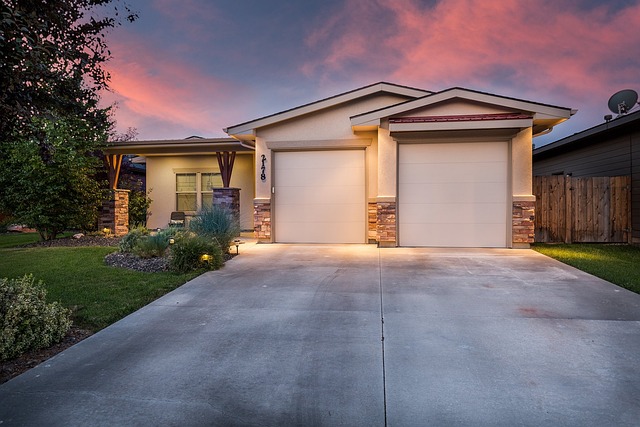In the past decade, the executive condo market has undergone a remarkable transformation from a luxury niche to a more diverse and accessible option. Driven by urbanization, changing demographics, economic conditions, and government policies, prices have evolved significantly. Demographic shifts, particularly remote work trends and evolving family structures, have boosted demand for executive condos outside traditional urban centers and in secondary cities. Technological advancements like smart home automation have enhanced appeal while posing obsolescence risks to outdated properties. Urbanization has led to a steady rise in metropolitan area prices due to limited land availability and stringent regulations. Despite economic fluctuations, executive condos remain attractive investment vehicles. Future trends suggest continued growth, with smart home integration, young professionals/families as target demographics, and sustainability as a key focus.
The executive condo market has undergone a significant evolution over the past decade, shaped by various socio-economic factors. This article delves into the historical perspective of this niche real estate segment, exploring key trends and influences. We analyze demographic shifts, technological advancements, urbanization, economic fluctuations, and government policies that have collectively impacted executive condo prices. By examining these factors, we provide insights into what the future might hold for executive condos in the years ahead—a comprehensive outlook on their trajectory after 10 years.
- The Evolution of Executive Condo Market: A Historical Perspective
- Factors Influencing Price Trends Over the Last Decade
- Demographic Shifts and Their Impact on Executive Condo Demand
- Technological Advancements: A Double-Edged Sword for Property Prices
- Urbanization and Its Effect on Luxury Condo Prices
- Economic Fluctuations and their Reflection in Executive Condo Sales
- Government Policies: A Catalyst or Obstacle for Price Growth
- Future Projections: What Lies Ahead for Executive Condo After 10 Years?
The Evolution of Executive Condo Market: A Historical Perspective
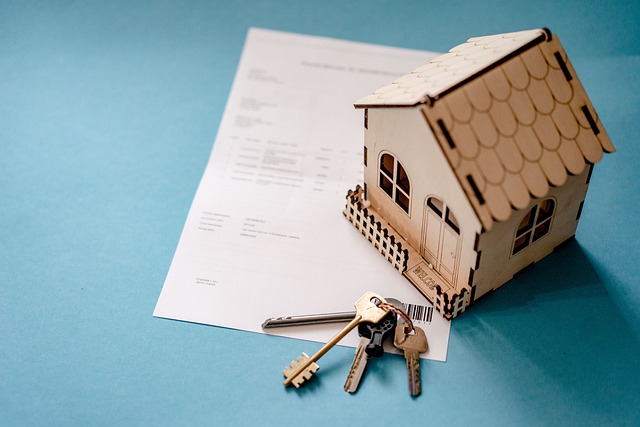
The executive condo market has undergone a significant evolution over the past decade, reflecting broader trends in the real estate sector and changing consumer preferences. In the early 2010s, these properties were often seen as a luxurious but relatively niche option, catering primarily to high-income individuals and families seeking premium amenities and locations. Prices during this period were characterized by substantial growth, driven by strong economic conditions and limited supply.
However, over the subsequent years, the executive condo market has become more accessible and diverse. Changes in demographic patterns, with a larger segment of the population embracing urban living, have contributed to increased demand. Additionally, government policies aimed at addressing affordability and providing housing options for different income groups have played a pivotal role. As a result, executive condos after 10 years are not just about opulence but also offer practical solutions for those seeking quality residential spaces within specific budget ranges, marking a significant shift in the market’s historical perspective.
Factors Influencing Price Trends Over the Last Decade

Over the last decade, several factors have significantly influenced the price trends of executive condos, leading to notable shifts in the market. One of the primary drivers is the urbanisation trend, with more individuals and families opting for city living due to better job opportunities and lifestyle choices. This increased demand has put a premium on executive condos, especially those located in central business districts or close to major transportation hubs.
Another crucial factor is the economic climate, which can cause fluctuations in property prices. For instance, during periods of economic growth and low interest rates, executive condo sales tend to boom as buyers are more inclined to invest in real estate. Conversely, economic downturns often lead to a cooling off period, affecting both sales volume and price appreciation. Additionally, changes in government policies, such as those related to property taxes, incentives for developers, or restrictions on foreign investments, can also play a substantial role in shaping executive condo after 10 years market dynamics.
Demographic Shifts and Their Impact on Executive Condo Demand
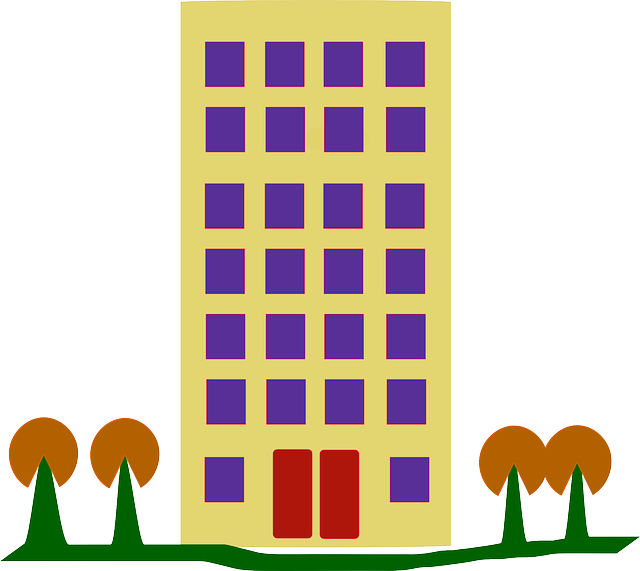
Over the past decade, demographic shifts have significantly influenced the demand for executive condos, reflecting changing lifestyles and priorities among high-income earners. The rise of remote work has played a pivotal role, enabling professionals to seek more affordable housing options outside traditional urban centers. This trend has been particularly notable in regions with strong tech and startup cultures, where talent acquisition and retention strategies often include competitive benefits packages, which may include attractive housing solutions. As a result, executive condos located in suburban areas or secondary cities have experienced increased demand, offering a balance between luxury living and reduced costs compared to prime urban properties.
Additionally, changing family structures and intergenerational living arrangements have contributed to the appeal of these condos. Young professionals who might previously have opted for apartment living are now considering executive condos as they establish their careers and families. Meanwhile, aging baby boomers may look to downsize to these properties, providing them with a convenient, low-maintenance lifestyle while staying connected to vibrant communities. This diverse demand has kept the executive condo market dynamic, especially when compared to the more static trends of traditional real estate sectors after a 10-year period.
Technological Advancements: A Double-Edged Sword for Property Prices

Technological advancements have been a double-edged sword for executive condo prices over the past decade. On one hand, innovations like smart home automation and advanced security systems have enhanced the appeal and functionality of these properties, potentially driving up demand and, consequently, prices. Digital connectivity has also made it easier for prospective buyers to access information, view virtual tours, and conduct transactions remotely, expanding the market reach and attracting tech-savvy investors.
However, the rapid pace of technological change has also led to concerns about obsolescence. As new gadgets and systems become outdated faster than ever, executive condos that lack modern amenities or fail to integrate newer technologies may struggle to maintain their value. Additionally, the increasing reliance on digital platforms for marketing and sales could leave traditional brick-and-mortar showrooms behind, potentially impacting price trends in the long run.
Urbanization and Its Effect on Luxury Condo Prices
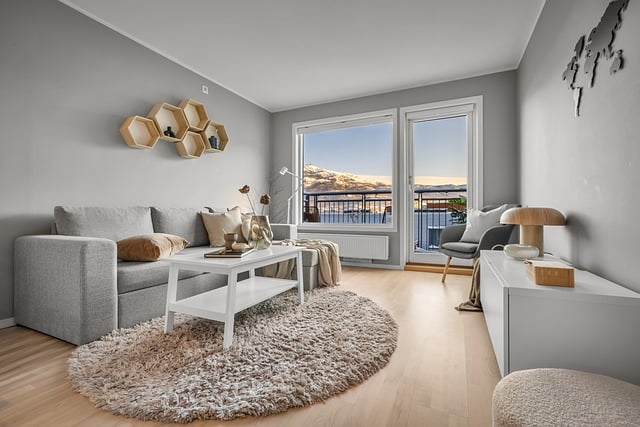
Urbanization, with its relentless march towards urbanization, has been a significant driver in shaping the real estate landscape over the past decade. This trend has had profound implications for luxury executive condo prices, particularly in metropolitan areas. As cities expand and populations grow, there’s an increasing demand for premium housing options within urban centers. Developers have responded by constructing opulent condos that cater to the affluent, offering unparalleled amenities and breathtaking views.
The result? A steady rise in executive condo prices over the last 10 years. Factors like limited land availability, stringent zoning regulations, and high construction costs contribute to this upward trend. In addition, the allure of urban living—with its vibrant culture, easy access to amenities, and dynamic lifestyle—has further fueled demand, pushing prices higher. This is especially true for prime locations offering proximity to iconic landmarks, fine dining, and entertainment hotspots.
Economic Fluctuations and their Reflection in Executive Condo Sales
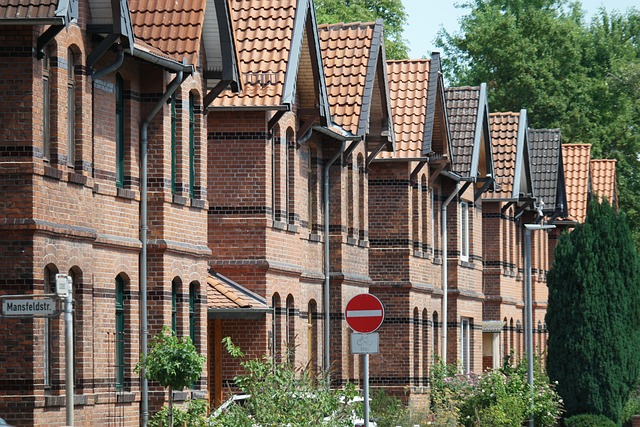
Over the past decade, the market for executive condos has undergone significant shifts, closely mirroring the broader economic landscape. Initially, following a global financial crisis, sales saw a temporary dip as buyers hesitated and lenders became more stringent with loan approvals. However, as the economy recovered, we witnessed a surge in interest for these premium properties, reflecting a growing confidence among high-net-worth individuals. This period after 10 years has been marked by consistent demand, with factors like robust job markets and low-interest rates fueling a robust sales environment.
Economic fluctuations play a pivotal role in shaping the executive condo market’s trajectory. During economic booms, disposable incomes rise, enticing buyers to invest in luxurious amenities and prime locations. Conversely, recessions can lead to more cautious spending habits, impacting sales volumes. Despite these fluctuations, the long-term trends suggest that executive condos remain an attractive investment option, as seen by their consistent performance over the past 10 years.
Government Policies: A Catalyst or Obstacle for Price Growth

Over the past decade, government policies have played a pivotal role in shaping the executive condo market. Initiatives aimed at cooling down property prices, such as stamp duties and tighter mortgage regulations, have had a significant impact on the overall demand and pricing trends of these premium residential properties. While these measures were introduced to prevent speculative investments and ensure affordability, they may also inadvertently hinder price growth for executive condos in the short term.
However, long-term government policies focused on urban planning, infrastructure development, and economic growth can act as a catalyst for price appreciation in the executive condo segment after 10 years. Improved accessibility to transit hubs, the creation of new business districts, and investments in public amenities can enhance the desirability and value of these high-end condos, leading to stronger price trends over time.
Future Projections: What Lies Ahead for Executive Condo After 10 Years?

In the ever-evolving real estate landscape, the past decade has seen significant shifts in the market dynamics for executive condos. As we look ahead to the next ten years, several trends and factors hint at what lies in store for this segment. Technological advancements are expected to play a pivotal role, enhancing both the living experience and property management processes. Smart home integration, for instance, could become a standard feature, offering residents increased convenience and security.
Demographic changes will also influence demand. Growing populations of young professionals and families seeking premium housing options could drive up interest in executive condos. Furthermore, sustainable design and eco-friendly amenities might gain prominence, aligning with rising environmental consciousness. These future projections suggest that the executive condo market is poised for continuous growth, offering a promising outlook for property investors and future residents alike.
The executive condo market has undergone a significant evolution over the past decade, shaped by various demographic shifts, technological advancements, and economic fluctuations. As we look ahead to Executive Condo After 10 Years, it’s evident that sustainable growth will depend on navigating government policies and adapting to changing consumer preferences. By understanding historical trends and future projections, investors and buyers can make informed decisions in this dynamic segment, ensuring their investments remain robust and relevant in the years to come.
